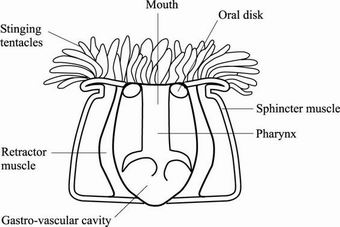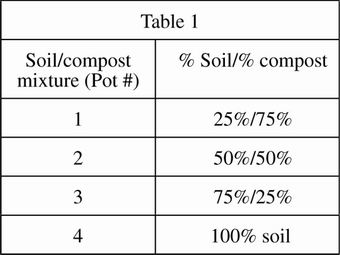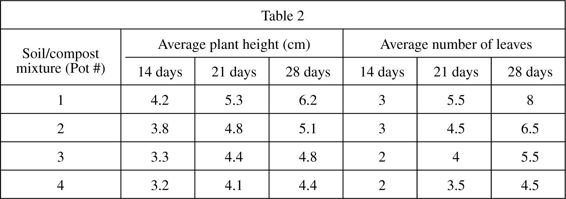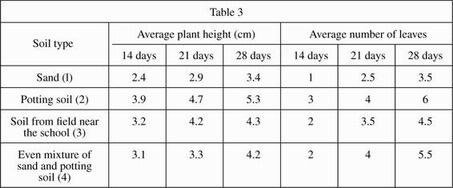
ACT Science Practice Test 63
Đề thi nằm trong bộ sưu tập: Tuyển Tập Bộ Đề Thi Đại Học Hoa Kỳ (ACT) - Có Đáp Án Chi Tiết
Số câu hỏi: 11 câuSố mã đề: 1 đềThời gian: 1 giờ
196,890 lượt xem 15,141 lượt làm bài
Xem trước nội dung:
PASSAGE V
Sea anemones look like plants, but they actually are predatory animals. They are invertebrates, which means that they do not have a skeleton. To protect themselves, they will attach to firm objects on the sea floor, such as rock or coral.
Sea anemones can alter their body shape according to changes in their environment. For example, when ocean currents are strong, the sea anemone will reduce its internal volume in order to decrease the surface area that is exposed to the current. Sea anemones are dependent on water flow for food and nutrients and also for assistance in eliminating waste.
Most anemones share a symbiotic relationship with marine algae called zooxanthellae. These are photosynthetic organisms whose waste products are a food source for the sea anemone. The sea anemone also enjoys a mutualistic relationship with the clown fish. This fish is immune to the stinging tentacles of the sea anemone, and it helps the anemone by actually cleaning the tentacles. The cleaning process yields food for the clown fish, while it remains protected from potential predators by the sea anemone's stinging tentacles.
Figure 1 shows a cross-section of portions of the internal anatomy of a sea anemone.

Figure 1
According to Figure 1, the sea anemone's mouth is located:
below the pharynx.
at its center.
near its base.
within the sphincter muscle.
According to information in the passage, the sea anemone benefits from the presence of:
both the clown fish and zooxanthellae.
the clown fish only.
zooxanthellae only.
neither the clown fish nor zooxanthellae.
Which of the following statements about the sea anemone is supported by the passage? The sea anemone most resembles:
a clown fish.
a flower.
marine algae.
a rock.
Suppose that a strong storm stirred up the water in which a sea anemone was living. The sea anemone's response would most likely be:
to expose itself to the strong current.
to seek the protection of a clown fish.
to reduce its internal volume.
to detach itself from the seafloor.
As shown in Figure 1, the part of the sea anemone's anatomy that connects its mouth to its gastrovascular cavity is the:
oral disk.
tentacle.
pharynx.
sphincter muscle.
PASSAGE VI
Compost is the name given to a mixture of decaying leaves and other organic material. This mixture is often used as fertilizer. Several students designed experiments to test various types of soil, and various combinations of soil and compost on plant growth.
Experiment 1
The students dug a soil sample from an empty field next to the school. They put soil into 4 different clay pots, and mixed in various amounts of compost so that the volume of soil mixture was the same in each pot. They then planted the same number of radish seeds (4) in each pot. The soil/compost mixtures for each pot are shown in Table 1.

The clay pots were placed next to each other on a windowsill and watered at the same time each day. The students took care to ensure that the pots each received the same amount of sunlight and water each day. After 2 weeks, the students began recording the growth of the radish plants. They continued recording this data for two more weeks. The results are shown in Table 2.

Experiment 2
The students repeated Experiment 1, with the following changes; each pot contained a different soil type, and no compost was used. This experiment was begun at the same time as Experiment 1. The results of Experiment 2 are shown in Table 3.

Based on the results of Experiment 2, which soil type yielded the most overall growth after 28 days?
Sand
Potting soil
Soil from the field near the school
Mixture of sand and potting soil
Based on the results of Experiment 1, which soil/compost mixture yielded the greatest average plant height after the first 2 weeks?
4
3
2
1
Experiment 2 was different from Experiment 1 in that none of the clay pots:
were watered during the first 2 weeks.
contained any compost.
contained any soil.
were placed on the windowsill.
The results of Soil Type 3 in Experiment 2 and Pot Number 4 in Experiment 1 were almost identical. This is most likely because:
the same amount of compost was used.
the plants were allowed to grow for 2 more weeks.
the pots were the same size.
the same type of soil was used.
In Experiment 2, how many seeds were planted in each clay pot?
4
14
21
Cannot be determined.
According to the results of Experiment 1, what percentage of compost yielded the highest average number of leaves?
100%
75%
50%
25%
